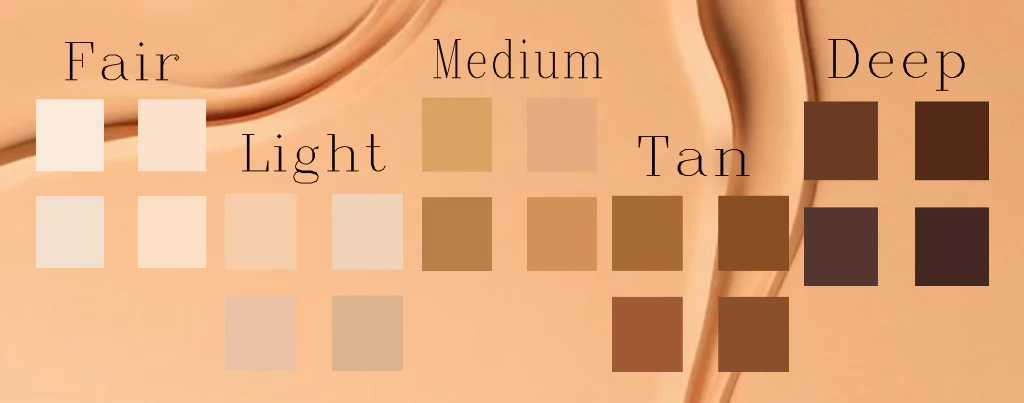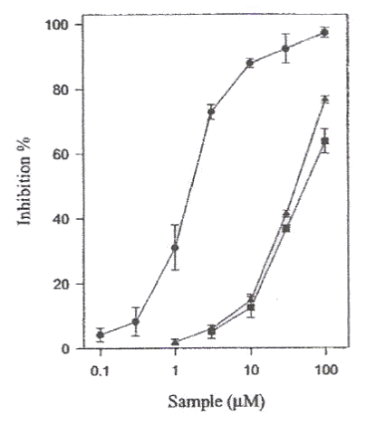

Table 1. Tyrosinase inhibition in 300 _M and 60 _M, and IC50 values of compounds isolated from Morus alba wood.
Compound | Tyrosinase Inhibition | ||
% +STD (300 _M) | % +STD (60 _M) | IC50 +STD (_M) * | |
1. Oxyresveratrol | 97.8 +0.1 | 93.1 +0.1 | 1.7 +0.04 |
2. Di hydro oxyresveratrol | 98.2 +0.5 | 97.6 +0.2 | 0.3 +0.05 |
3. Kojic acid | 96.0 +0.2 | 94.2 +0.2 | 40.0 +1.4 |
4. Moracin M | 87.2 +0.5 | 61.3 +1.2 | 8.0+ 0.6 |

Compound | Onset | Significant Whitening | Optimum / Maximum | Maximum Whitening Effect |
HYDROQUINONE | 3 to 5 Weeks | 8 Weeks | 8 to 12 Weeks | 2% |
KOJIC ACID | 4 to 6 Weeks | 6 Weeks | 12 Weeks | 2.20% |
LICORICE EXTRACT | 4 to 6 Weeks | 10 Weeks | 12 Weeks | 1.70% |
OXYRESVERATROL | 2 to3 Weeks | 3 Weeks | 4 Weeks | 2.78% |
Dihydrooxy- resveratrol | Less than 2 weeks | 3 weeks | Less than 4 weeks | 3.0% |
Table 1. Tyrosinase inhibition in 300 _M and 60 _M, and IC50 values of compounds isolated from Morus alba wood.
| Compound | Tyrosinase Inhibition | ||
| % +STD (300 _M) | % +STD (60 _M) | IC50 +STD (_M) * | |
| 1. Di hydro oxyresveratrol | 98.2 +0.5 | 97.6 +0.2 | 0.3 +0.05 |
| 2. Oxyresveratrol | 97.8 +0.1 | 93.1 +0.1 | 1.7 +0.04 |
| 3. Kojic acid | 96.0 +0.2 | 94.2 +0.2 | 16.1 +1.4 |
| 4. Moracin M | 87.2 +0.5 | 61.3 +1.2 | 8.0+ 0.6 |
Active Compound | IC50 | Optimum Conccentration | Side Effects | Current Status | |
1st Generation | Hydroquinon | 72 μm | 2 to 5% | Very High | Banned in cosmetic formulations |
2nd Generation | Kojic acid | 40.0 μm | 1 to 3% | Side effects reported | Banned in many Countries. |
3rd Generation | GLABREDIN (Licorice Extract) | 12 μm | 0.3 to 0.5% | No side effects reported | Highly in Use |
4th Generation | OXYRESVERATROL | 1.7 μm | 0.2 to 0.30 % | No side effects reported | Very high use expected |
Latest | Dihydrooxyresveratrol | 0.3 μm | 0.1 to 0.25% | No side effects Reported | Very high use expected |
Table 1. Tyrosinase inhibition in 300 _M and 60 _M, and IC50 values of compounds isolated from Morus alba wood.
| Compound | Tyrosinase Inhibition | ||
| % +STD (300 _M) | % +STD (60 _M) | IC50 +STD (_M) * | |
| 1. Di hydro oxyresveratrol | 98.2 +0.5 | 97.6 +0.2 | 0.3 +0.05 |
| 2. Oxyresveratrol | 97.8 +0.1 | 93.1 +0.1 | 1.7 +0.04 |
| 3. Kojic acid | 96.0 +0.2 | 94.2 +0.2 | 16.1 +1.4 |
| 4. Moracin M | 87.2 +0.5 | 61.3 +1.2 | 8.0+ 0.6 |

